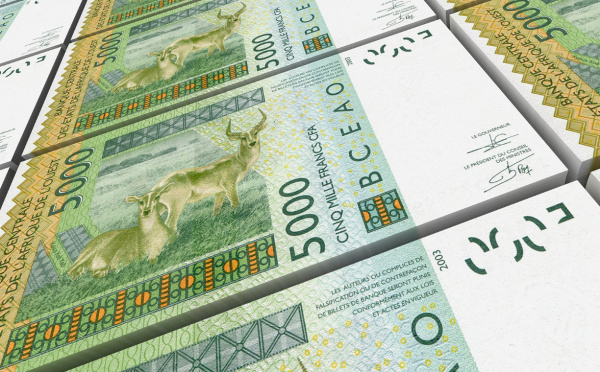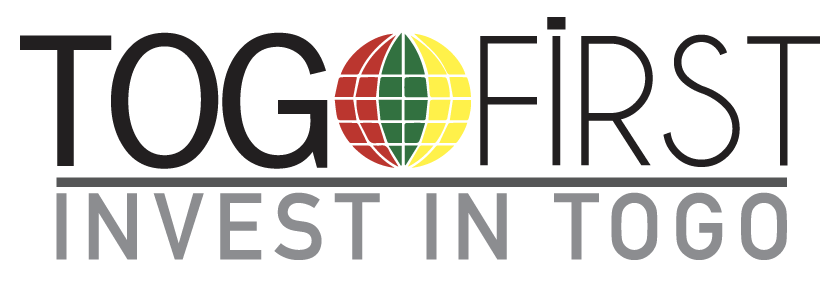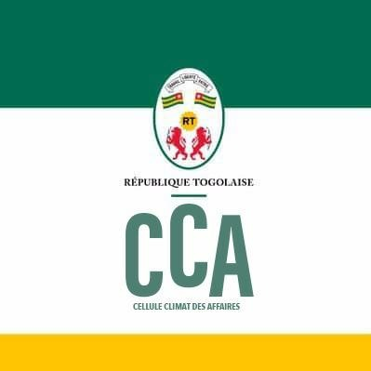Banking: Why Are Togolese Lenders Accumulating Reserves

(Togo First) - In a regional context marked by subtle monetary tensions, Togolese banks are adopting a cautious approach. As of February 2025, they have accumulated bank reserves of CFA164.9 billion, significantly exceeding the regulatory requirement of CFA66.7 billion. This surplus, amounting to CFA98.2 billion, represents a reserve ratio of 2.47—among the highest in the West African Economic and Monetary Union (WAEMU). The figures were produced by the Union’s Central Bank, the BCEAO.
Protecting Margins and Balance Sheets
The trend spread across the region, with countries like Côte d'Ivoire and Benin having a reserve ratio of 3.46 and 1.82. Niger was the only the country in deficit, with a reserve ratio of 0.94.
This defensive strategy is driven by the anticipation of a more constrained financial environment. Since the BCEAO's return to variable-rate auctions in February 2023, access to liquidity has become less fluid and more costly.
Officially, the BCEAO’s key rate remains at 3.5%, but banks are borrowing at a ceiling rate of 5.5% from the Central Bank, while the one-week interbank rate exceeds 6%. In response, banks prefer to build excess reserves rather than risk refinancing tensions.
Hoarded Liquidity, Not Immobility
Stricter prudential requirements, including a doubled minimum share capital requirement for banks since December 2023, have also prompted banks to strengthen their capital base. Despite this caution, Togolese banks continue to finance the economy, albeit with discretion. In 2024, new bank loans increased by 10% to CFAF 645 billion, reflecting a buoyant economic context with real GDP growth estimated at 5.3%. Banks are opting for controlled growth to preserve portfolio quality in an uncertain cycle.
This article was initially published in French by Fiacre E. Kakpo
Edited in English by Ola Schad Akinocho


















